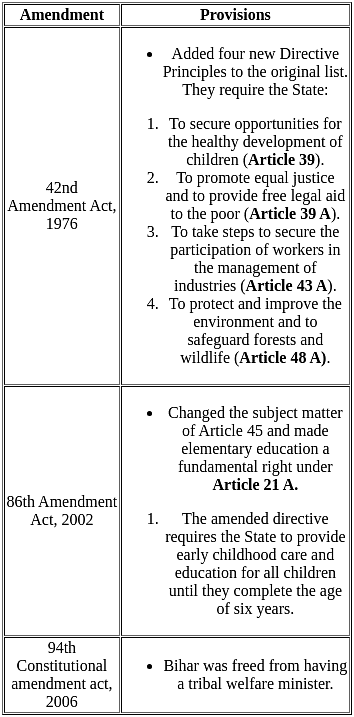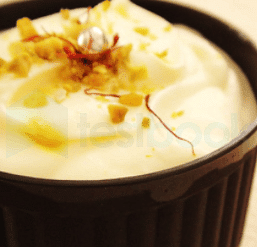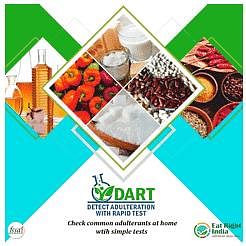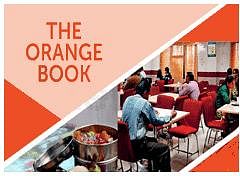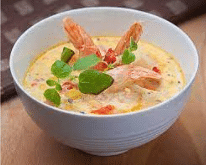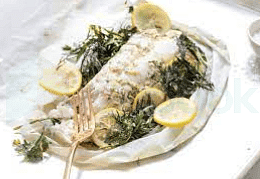NVS Catering Assistant Mock Test - 1 - NVS TGT/PGT MCQ
30 Questions MCQ Test NVS Catering Assistant Mock Test Series 2025 - NVS Catering Assistant Mock Test - 1
E is older than C. D is older than C but younger than E. A is younger than B and C. C is older than B. Who is the youngest?
What is the base color of 10 rupee note of Mahatma Gandhi (New) series?
| 1 Crore+ students have signed up on EduRev. Have you? Download the App |
Right to form Cooperative Societies was incorporated by the ________.
Select the most appropriate option to fill in the blank.
I know all about that film because I _______ it thrice.
Which of the memory is faster than the other memory?
Which law protects the crimes through Internet?
Which of the following book contains quick tests for detection of food adulterants at household ?
__________ is operated as a facility to staff in large factories.
For a good fuel, the percentage moisture content should be ________.
Some cryogenic liquids produce a gas that can burn in air which is called as
Consider the following statements:
1. Coal gas is a mixture of methane, carbon monoxide, and hydrogen.
2. Coke is a coal-derived product that burns without smoke.
Which of the statements given above is/are correct?
Which variety of coal has the highest carbon content?
For which of the following reasons is leavening agents in baking NOT required?
The cost of food varies according to the quantity of the activity. It is called


